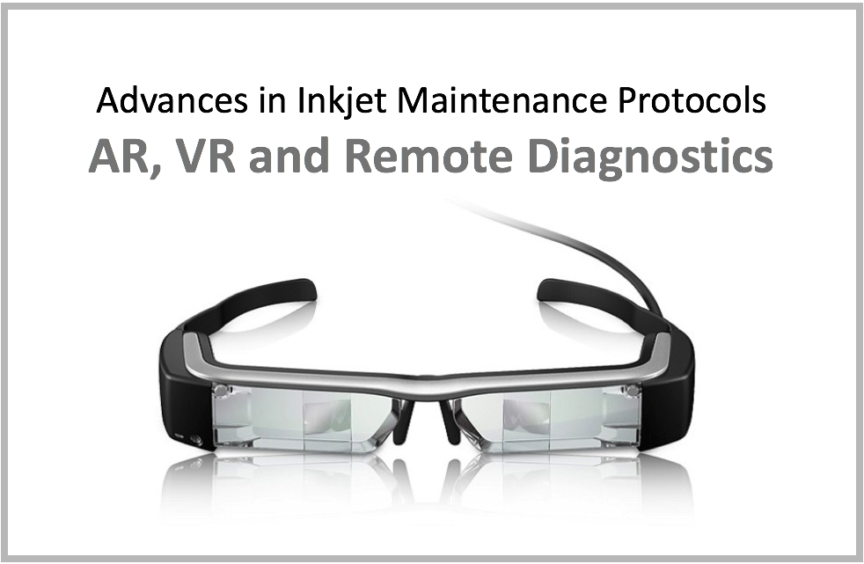Previous episodes of the Maintenance Journey covered everything from what is in the contract to operator responsibilities. Here is a question you should be asking your current and prospective vendors about maintenance that might not be obvious.
What advanced technology have they applied to the maintenance process?
The question should launch a conversation that covers several sub-topics.
- What data is available from the sensors in the machines?
- Is there an app or some other technology that guides operators through maintenance steps?
- Is there real-time video access to technical support?
- Are augmented or virtual reality options available?
Each question has a material impact on the way your team may live with the equipment daily. Start with information available from the sensors in the machines. Each vendor has a slightly different approach to how many sensors, what type, and how open that information is to the operator’s console and other business processes. Ask what is available! The more data you have streaming from the machine, the better you can track performance. Ask if you have access to:
- Print head health: Install date of the head, last head wipe, how many nozzles are healthy, how many nozzles are not firing.
- Paper transport health: Are all rollers turning as anticipated? Are all sensors in the paper transport path returning data?
- Dryer health: Are all drying functions performing at their optimum? How accurate is the temperature set to the actual temperature during drying?
And, if you have access to that data, do they provide a script to load that data into your business systems for analysis? If you have a production dashboard with additional information about these key aspects of the press, you can not only identify patterns by paper, operator, profiles, run lengths, and types of jobs, but use those patterns to inform quoting and estimating and maintenance timing. As print manufacturing moves toward Smart Print Manufacturing and embraces the promises of Industry 4.0 infrastructure, data gathered from sensors and analyzed to provide usable information should be part of what informs production workflow.
When vendors develop apps for smartphones and tablets, it can make a difference to the maintenance process. A few years back, HP introduced a program that included Google Glasses to enable operators and HP technicians to jointly diagnose problems on an HP T Series web press. In action, the ability to work with a remote technician in a way that they could see the same thing that the operator saw, and the ability for the technician to interact in the Google Glass viewfinder to point to areas of concern opened the door to a new form of maintenance. Over time the program changed to enable any smartphone to work in the same way, opening the option for more customers to join the program.
Today, not all vendors offer similar options, but it should always be a question. What options are available for operators to interact with remote technicians beyond an email or phone call? Time waiting for a technician to arrive can seriously impact productivity, so self-service can be a great option.
Always ask your vendors what their long-term strategies are for enhancing the maintenance process. Are they working on self-healing processes? Will they be adding more data capture options? Will access to advanced features to aid maintenance require firmware upgrades or extra fees?
Most vendors try to avoid uptime guarantees, but if your vendor offers the option, be sure to take the time to understand your responsibilities to enable that guarantee. Ensure your maintenance schedules, and documentation of maintenance completion coincide with the requirements of the uptime warranty program. Even if your vendor does not specifically guarantee uptime, keep your vendor tightly in the communication loop if you experience downtime. Document every event, every protocol undertaken to correct downtime, and the results of every action taken.
This brings us to the end of the questions, you should ask and proactive things you can do to ensure that you have the best inkjet press experience. Whether you go the cut sheet inkjet route, or the path of continuous feed inkjet, maintenance of the press sets you up to get the most from the equipment.
Remember, there are a million questions in inkjet city! Have questions? Ping me on LinkedIn or drop a note to pcm@mcgrewgroup.com.

